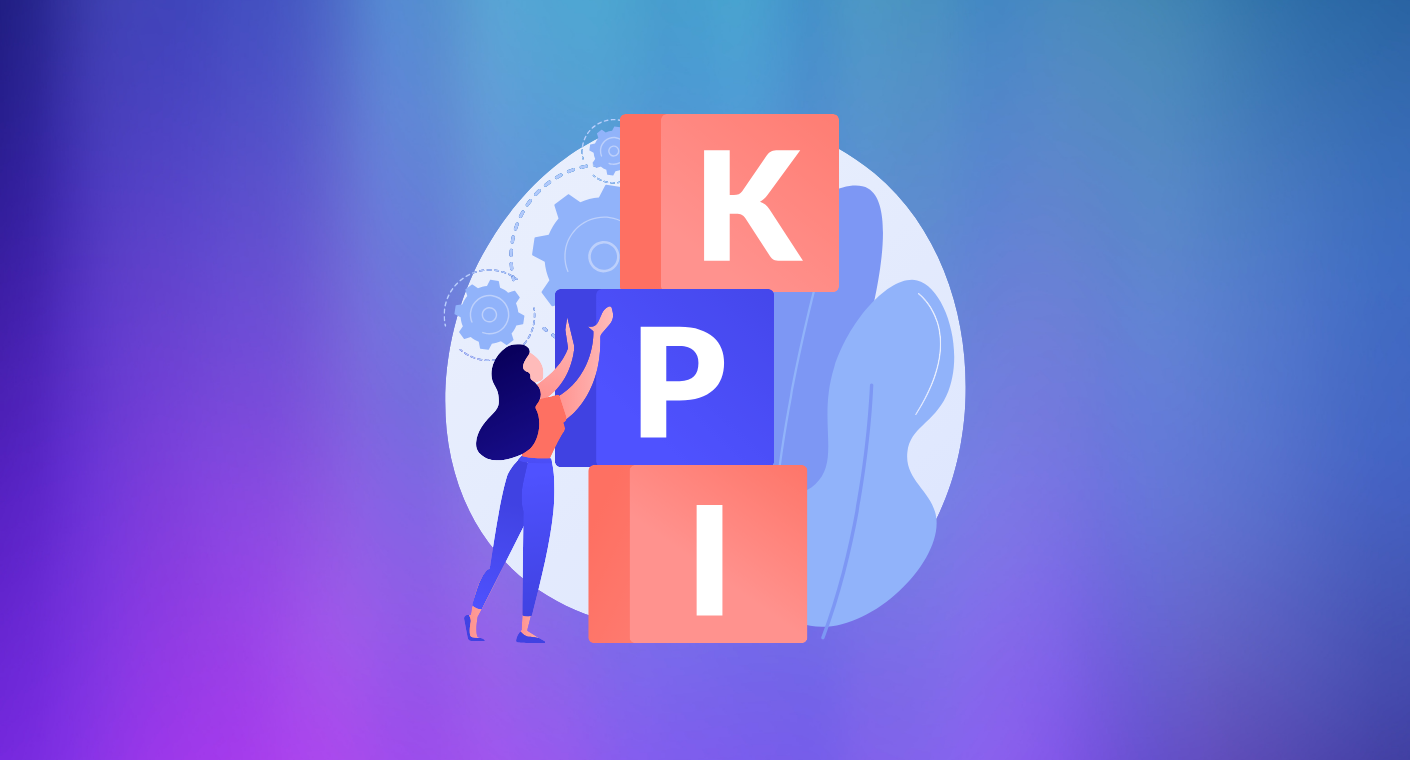How Brands Can Uplevel Their Batch Email Strategies
While recent breakthroughs in generative AI have captured much of the spotlight, AI has been steadily transforming several aspects of marketing for more than a decade. Churn analysis, anomaly detection, predictive segmentation, product recommendations, and more are all tools that are powered by AI.
As AI continues to evolve, its impact will only grow as it becomes more specialized to serve specific business needs. This specialization will empower marketers to challenge long-standing beliefs about customer engagement strategies—among them, the notion that batch emails must always be singularly focused on driving short-term conversions.
It's Time to Prioritize Customers Over Campaigns
For far too long, marketers have operated under the assumption that every email must deliver an immediate sale. Day after day, every email and campaign has been focused on driving conversions. While sales are undoubtedly necessary, it’s time to expand our expectations and think differently about the function of large-scale email programs.
This one-track mindset often persists because marketers have lacked the right tools to implement more nuanced personalization strategies. However, if we step back and examine how customers engage with emails, it becomes clear that the traditional approach of broad segmentation isn’t always effective.
For example, consider that the majority of customers in a company’s email program are dormant. In light of this, should the intention for these customers be to drive an immediate sale, or would it be more effective to focus on re-engagement efforts and try something new to reignite their interest?
Now think about customers who have recently made a purchase. Should the next email immediately push for another conversion, or would it be more valuable to introduce them to other products in your catalog? If someone shows interest in a different category than they usually purchase, should you keep recommending familiar items or pivot to highlighting products aligned with their new interests?
And what about an active customer who starts to show signs of becoming less engaged? Is it wise to continue sending daily emails, or would it be better to reduce the frequency to avoid overwhelming them?
When you analyze these scenarios, it becomes clear that traditional email marketing—where customers are grouped into large segments and receive uniform content—doesn’t really serve a company’s best interests. A one-size-fits all method built around rigid campaign calendars and quick conversions are limited in scope and impact, and they can be detrimental to customer relationships—and your business.
Most marketers understand that something needs to change. They know their old approaches are becoming less effective and that the tools they have used in the past are not built to optimize for short- and long-term business goals. Add the need for continuous improvement and adaptation, and it’s clear a new solution is required.




.png)



